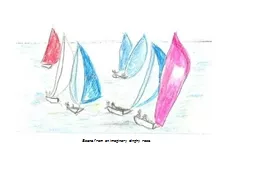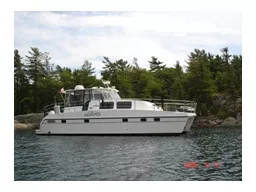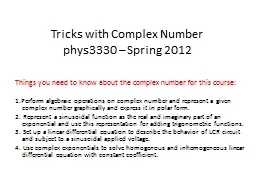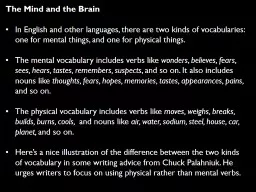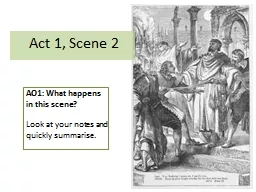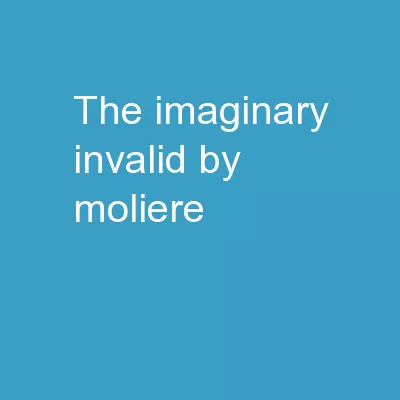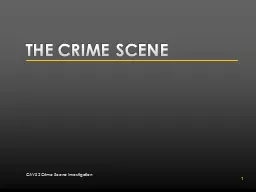PPT-Scene from an imaginary dinghy race
Author : conchita-marotz | Published Date : 2016-07-14
Constructing Sailing Match Race Schedules RoundRobin Pairing Lists Craig Macdonald Ciaran McCreesh Alice Miller Patrick Prosser All Computing Science Glasgow Craig
Presentation Embed Code
Download Presentation
Download Presentation The PPT/PDF document "Scene from an imaginary dinghy race" is the property of its rightful owner. Permission is granted to download and print the materials on this website for personal, non-commercial use only, and to display it on your personal computer provided you do not modify the materials and that you retain all copyright notices contained in the materials. By downloading content from our website, you accept the terms of this agreement.
Scene from an imaginary dinghy race: Transcript
Download Rules Of Document
"Scene from an imaginary dinghy race"The content belongs to its owner. You may download and print it for personal use, without modification, and keep all copyright notices. By downloading, you agree to these terms.
Related Documents

